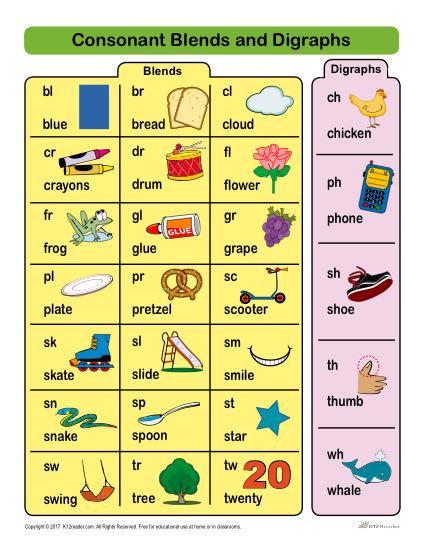

One pediatric study on a clinic-referred, high-functioning ASD sample found that the ability to divide auditory attention was associated with reduced ASD symptoms ( Kenworthy et al., 2009a). The current study addresses a gap in our understanding of divided attention in children with ASD, as there have been only two pediatric studies ( Kenworthy, Black, Harrison, Della Rosa, & Wallace, 2009a Sinzig, Bruning, Morsch, & Lehmkuhl, 2008), and a few adult studies examining divided attention either within a single mode ( Bogte, Flamma, Van Der Meere, & Van Engeland, 2009 García-Villamisar & Della Sala, 2002) or cross-modally ( Ciesielski, Knight, Prince, Harris, & Handmaker, 1995 Sinzig et al., 2008), though none has examined the relation between task performance and everyday functioning.

Many of these tasks require dividing attention, which involves completing two independent tasks simultaneously, or holding information about one task in working memory, while completing another task. These tasks can be social in nature, such as participating in a ‘to and fro’ conversation, or they can be non-social, such as getting dressed.

These findings suggest that the ACT scoring methods may be too simplistic to identify subtle cognitive changes in clinical populations.Individuals with autism spectrum disorders (ASD) often struggle with complex multi-step tasks. Further, the clinical utility of the ACT T and ACT P was found to be limited within the current sample with a trend of the ACT T discriminating the severity of brain damage within TBI, while the ACT P tended to discriminate diagnostic groups. The ACT T and ACT P loaded on a factor with measures of higher-order executive functioning accounting for 9.99% of the variance within the sample. In a sample of patients referred for neuropsychological evaluation (N = 448), an exploratory factor analysis revealed a 2-factor model accounting for 49.54% of the variance within the sample. Alternatively, little is known about the ACT perseveration score (ACT P), the current study aimed to identity the ACT T and ACT P’s relationships to other neuropsychological measures and their clinical utility within diverse clinical/neurological presentations. The ACT total score (ACT T) has been shown to be sensitive to numerous clinical neurological and psychological populations (i.e., TBI, ADHD, MS, MDD). The Auditory Consonant Trigrams (ACT) has historically been used in research and clinical settings as a measure of working memory ability, though previous research has failed to identify the precise cognitive processes and abilities measured by the task.


 0 kommentar(er)
0 kommentar(er)
